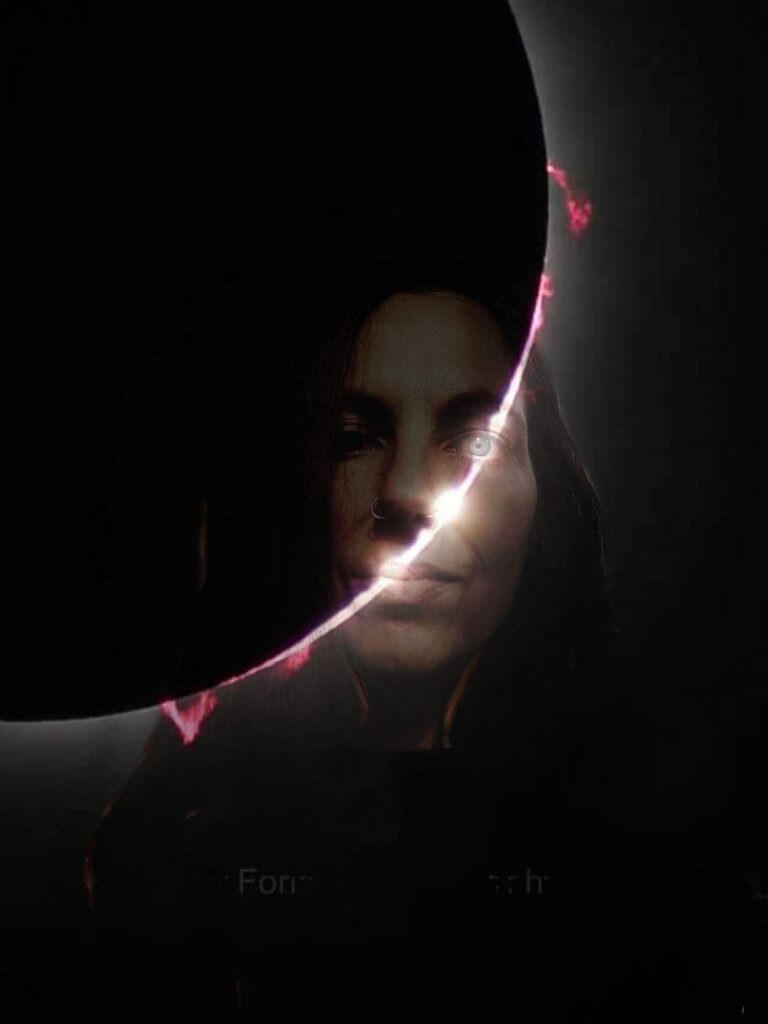Death is one of the most feared ideas among human life forms.
It seems to be the end of life, the ultimate loss, annihilation.
To utilize and deal with this fear, a lot of beliefs were created, some to comfort, others seemingly to exercise control.
But life cannot die. It goes on and on and on, changes its form and appearance, falls apart, just to emerge as a new shape. War cannot stop it, neither disease nor natural disaster.
However, stories can end. The story of you and me. A love story. The story of a culture or a civilization. The story of growth and decline. The story of peace and war, of conquer and defeat. The story of a quest. The story of life and death. The story of the world and even the story of the universe.
Stories endure in memory, living as vivid recollections and myths within the shadow land of the subconscious and cellular memory/DNA, as long as there are brains and bodies to access, embody and share them.
Every word, every name, every term is part of a story, fragmented, unable to fathom the mystery of whatever this is, right now.
You might grieve about life’s losses, failures, abandonment, and suffering, but they are also just stories. How to validate memory? How to confirm projection? Is witnessing proof or just a marvelous brain function? Questioning? Interpreting? Consciousness? The mind?
Being in the presence of someone dying is shared aliveness, shared transition. Where does the dying begin?
Living and dying is dedicating the cellular organism to transience. It is not separated from it, the body is this: an embedded, interconnected microbiotic universe, that is in utter equilibrium, as it is.
Nothing can be done about it, although doing something about it can appear. This is already equilibrium.
The mind cannot fathom it because it is trapped in the notion of cause and effect, time and space, meaning and purpose. It cannot be without its conditioned coordinates, no matter how expanded they may appear.
It will project its creations and creatures into an imaginary past, future, and afterlife, and has amazing and creative survival mechanisms, which can be named hope, belief and imagination.
The need to understand, to know, drives the mind to create multiple landscapes of conceptual reality, of existence. It can create an idea of overall interconnectedness and oneness, but it cannot fathom it, as it cannot get beyond objectification and interpretation. Eventually, life as it is known, is a mindscape. It is fiction, imagination. A fragmented story of life, of existence.
In this story, death is a symbol of the unknown, where the apparent spectrum of knowing fades into disappearance. Some might experience it in life, often called “enlightenment”: the whole existence implodes into interconnectedness and undivided aliveness, which burst the imaginary boundaries, created by the mind to build a shield against uncertainty and impermanence. The before “known” world turns into a “no man’s-” and a “nowhere” land, in which patterns and shapes are still recognized, but don’t have sharp edges anymore. They are fluid emergence and disappearance. Nothing to hold on to, nothing that carries.
Just carrying, undivided, and seamless aliveness.

